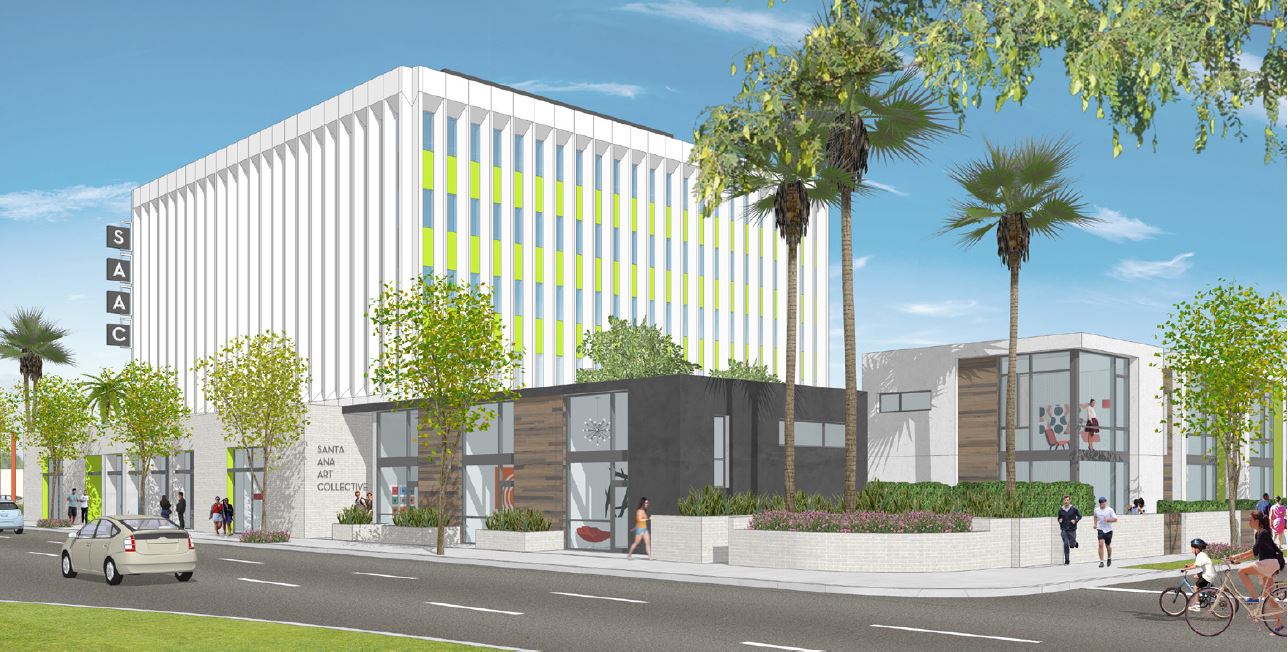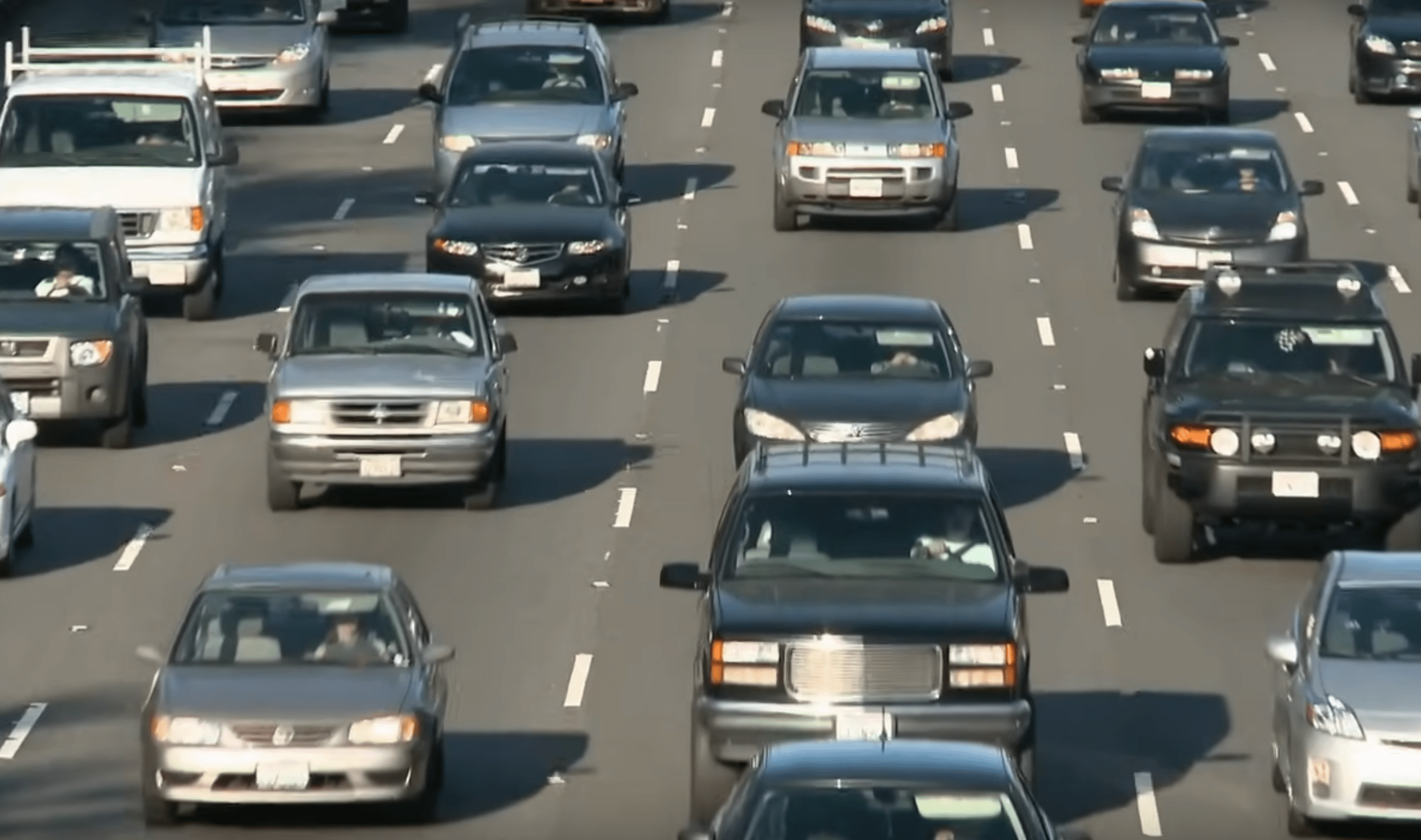The Strategic Growth Council just released an update of draft guidelines for the Affordable Housing and Sustainable Communities Program. The AHSC receives funding from California's cap-and-trade program and is one of the sources of state money for active transportation projects. It connects planning for housing and transportation, and supports building affordable housing that makes it easy for people not to drive. It's a small program with a big mandate, and one of the few sources of state money for affordable housing.
The program's requirements are complex. When it was formulating the AHSC, the Strategic Growth Council took on many goals beyond just encouraging housing that helps reduce driving and greenhouse gas emissions. One of those additional goals was getting different agencies and industries to work together. That has turned out to be a very difficult problem, and it has added to the complexity of the program and its requirements.
Bill Sadler at Safe Routes to Schools Partnership gives a good recap of changes being contemplated for the program, which should begin a new round of funding later this year.
Sadler notes two major procedural changes suggested in the draft guidelines. One is that there will no longer be a preliminary round of a “concept proposals” before final applications. The original idea had been to save time and effort spent on a long and arduous application for projects that had little chance of competing for funds, either because they didn't meet basic thresholds or because their overall scores would be low compared to other projects. Instead, however, it added an extra layer of complexity. The preliminary concept proposals will be replaced by a checklist, and applicants will have an opportunity to meet personally with staff and discuss a project's potential eligibility.
Another major change is in the way projects will be scored. The new criteria will still score projects according to both how much they would reduce GHGs and how cost-efficient those reductions would be. It groups other scoring criteria into a “qualitative policy” score that includes, for example, miles of bikeways and walkways, green buildings, and access to key destinations. Twenty points can also be earned by a narrative section that describes collaboration, community engagement, and other benefits.
Sadler points out:
There are still ten points (out of 100) given for active transportation components of a project. The points are now broken out between walking and bicycling improvements, so applicants get up to five points for “Safe and Accessible Walkways” and up to five points for “Context Sensitive Bikeways.” Up to four of those points are given for the length of the project, and up to one point is given for how well the walkway or bikeway connects to destinations.
There were a few criteria in past rounds of funding for which almost every applicant received full points, such as urban greening and some affordable housing components. Because that didn't help differentiate applicants, those elements will become basic requirements for projects, and they won't add to a score.
Additional changes noted by Sadler include:
All projects must provide free transit passes for residents of the affordable housing. The requirement is one pass per unit for at least three years.
BikeScore has been removed from the “Location Efficiency” section but Walk Score remains. The use of these tools has been subject to a lot of discussion because they do not always capture essential destinations that residents of an affordable housing development need to go, but for the time being, Walk Score will remain as SGC explores other tools that can do a better job of measuring accessibility.
Also, costs of providing parking for any project will no longer be eligible for AHSC funds. That doesn't mean projects can't include parking, just that they can't use the program's funds to pay for it. This is consistent with the program's legal emphasis on GHG reductions and probably should have been part of the guidelines from the beginning. Note, however, that electric vehicle charging stations can be funded by the program.
See Sadler's post at Safe Routes to Schools for more details.
Comments on the draft guidelines will be accepted until April 14 via email at ahsc [at] sgc.ca.gov. In addition, council staff will host workshops to discuss the guidelines further, probably in late March and early April.





